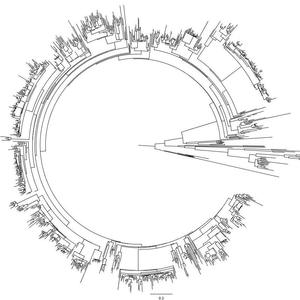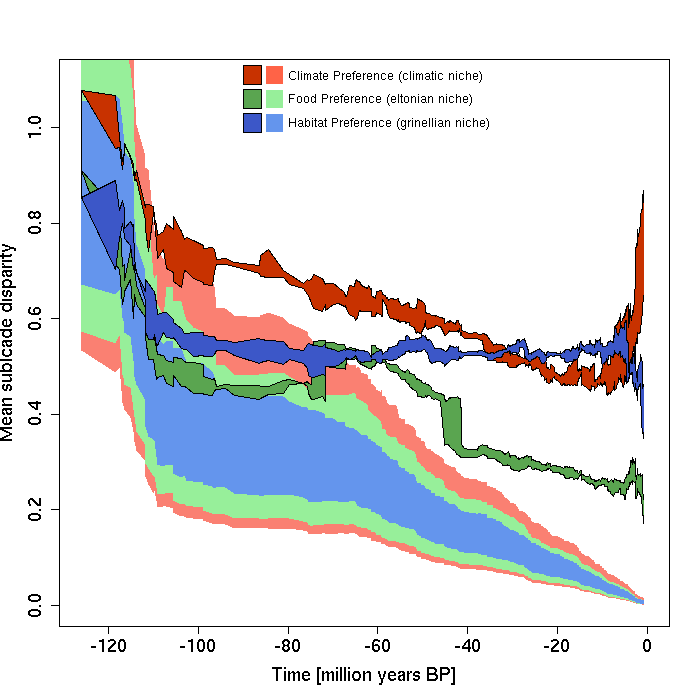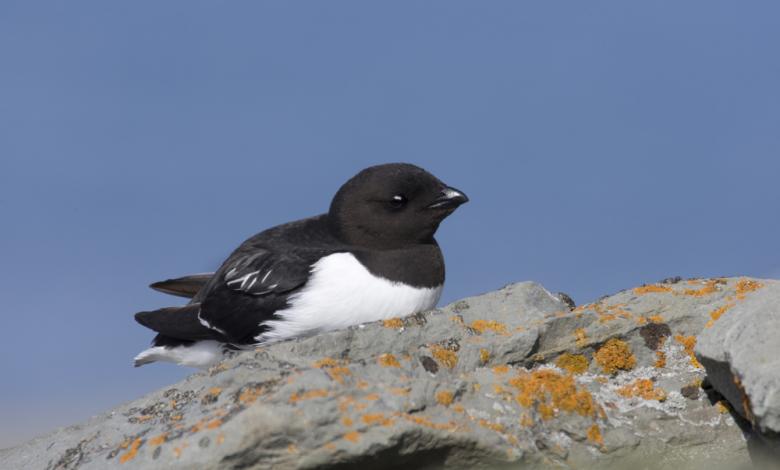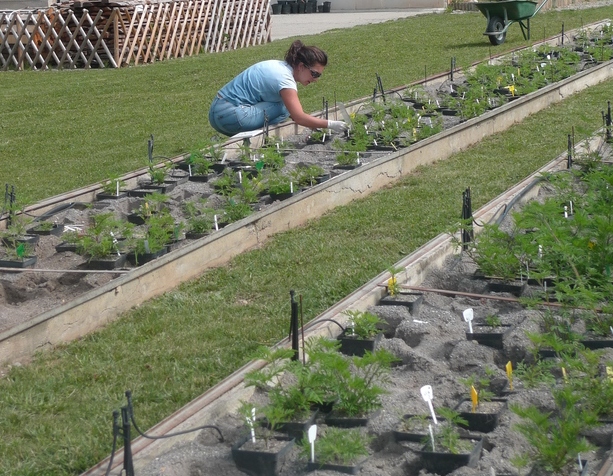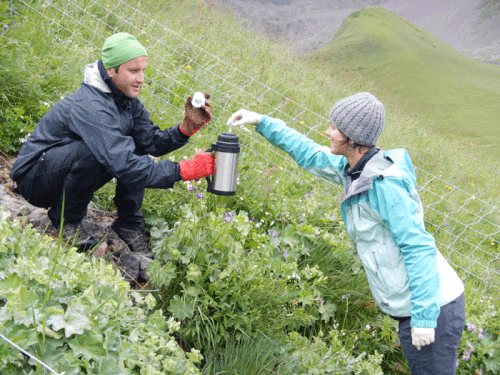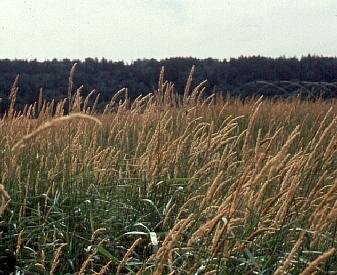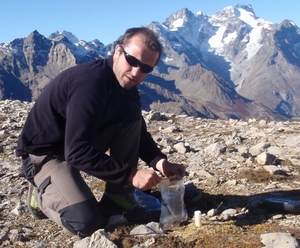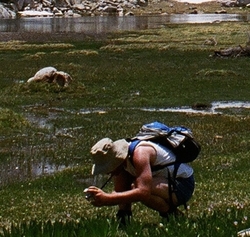Biogeography and evolution of high alpine plants
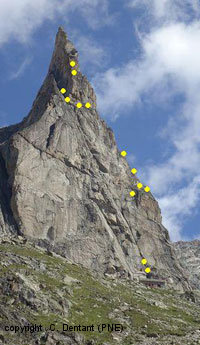



We aim at reconstructing the evolutionary history of alpine floras, with a special emphasis on their endemic component and on species clades that have colonized high alpine environments and developed remarkable adaptations such as cushion life-forms. At the macroevolutionary scale, we try to relate the emergence of novel climatic niches, morphological evolution and species diversification. At the microevolutionary scale, we focus on several artico-alpine species typical of high-mountain cliff ecosystems to determine whether they exhibit some potential of local persistence against climatic fluctuations. To do so, we combine population genomics and paleoclimatic data to determine the long-term demographic history of their populations, their degree of local adaptation and their potential for adaptive evolution.
